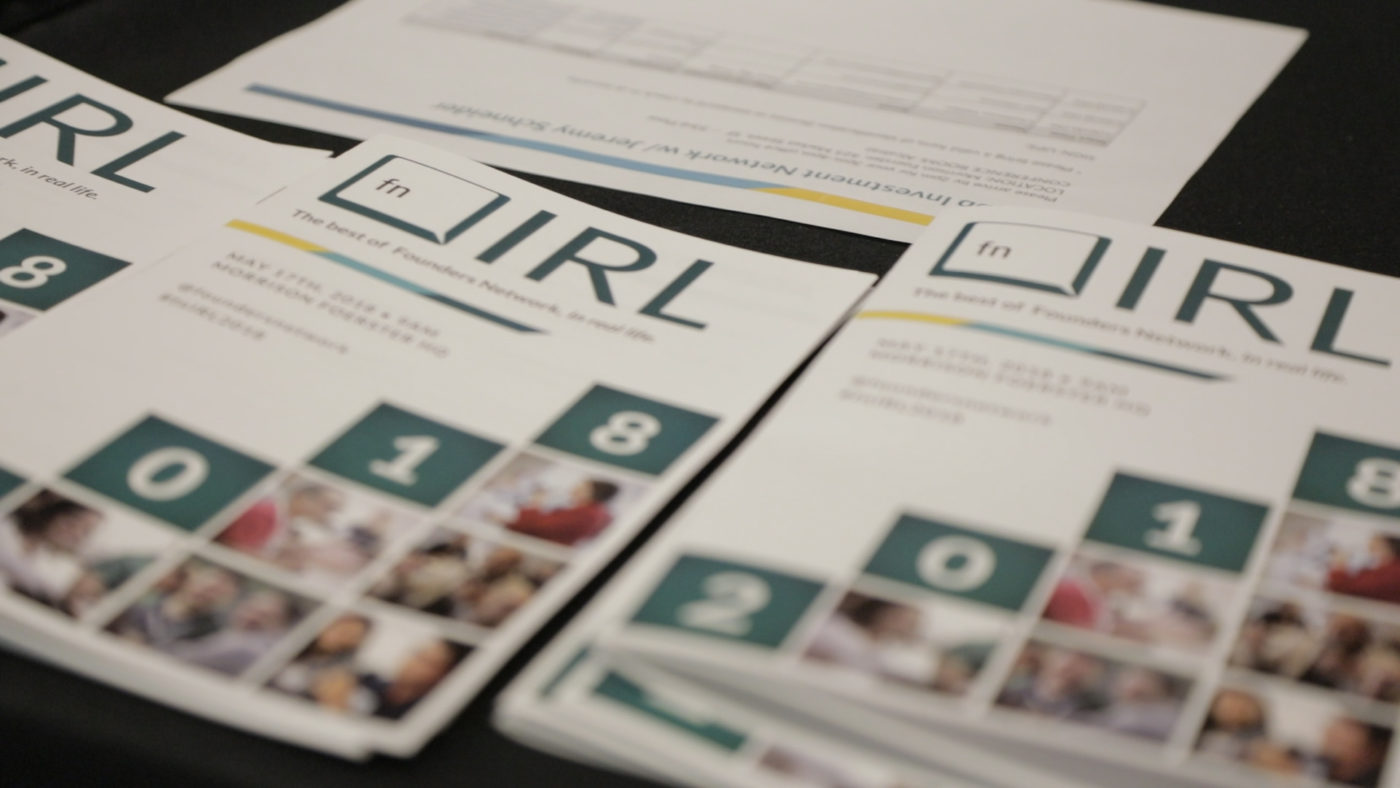
Image by futureshape
“If you care about accessing customers, reaching an audience, communicating your vision, influencing people in your industry, marketing your services or just plain engaging in a dialog with others in your industry a blog is a great way to achieve this.”
– Mark Suster, TechCrunch
When it comes to tech startups and blogging, Mark Suster knows what he’s talking about. He’s a 2x entrepreneur, a VC at GRP Ventures, and runs his own blog, Both Sides of the Table. In the category of “Global VC” blogs, Both Sides of the Table is ranked third by traffic, just behind Paul Graham’s Essays and Fred Wilson’s A VC.
Let’s look at some hard numbers. According to research by HubSpot, company websites with a blog have 434% more indexed pages, 97% more inbound links, and 55% more visitors. If you write blog posts that appeal to your prospects and customers, then many of these visitors will be qualified buyers of your products and services.
While blogging is a critical marketing technique, particularly for startups, it can be very challenging to author and publish engaging content on a consistent basis. In fact, a study by IBM shows that an astounding 80% of company blogs have 5 or fewer posts. The challenge of posting on a regular basis is especially acute for start-ups, given their limited resources and the many other competing demands on founders’ and employees’ time.
So how can a startup founder or employee post engaging content on a regular basis so they can enjoy the benefits of blogging? Here are some ideas!
Organization and structure
- Results: Seeing the results of your blogging efforts is quite motivating. You should instrument your blog and any calls to action on your blog pages using an analytics tool, such as Google Analytics or KissMetrics. Another method for observing the results of your blogging is to implement a comments platform like Disqus, which tracks reactions on social media. For more on blog analytics: How to Use Analytics to Achieve Your Next Blog Article’s Goals
- Editorial calendar: An editorial calendar is a calendar that “simply tracks what content you are going to cover, what tactic it’s for (blog, newsletter, etc.) and who’s responsible.” Keeping an editorial calendar will help you commit to a regular schedule and to plan ahead (e.g., vacations). Any calendar will work, but we prefer Google calendar because you can share your calendar with collaborators and contractors. For more on an editorial calendar: Make Your Content Marketing Better With An Editorial Calendar
- Collaborations: Collaboration can be a helpful way to share the joys and burdens of having to generate interesting topics and content on a regular basis. Collaboration also holds you accountable to the person your are working with. The downside of collaboration is the added coordination costs, so make sure to find the right partner that shares similar goals and expectations.
- Contracting: Hiring contract writers is a nice approach if you can squeeze this expense into your budget. Dan Martell, of Clarity.FM, suggests “you should pay writers at least $20 per post and serious writers $80-120 per post if you’re funded…” If you’re looking for writers, there are several startups, such as MediaPiston, that match skilled content creators with companies.
- Start small: When it comes time to write your first post, it can be intimidating. Do you really have expertise to share? Will anyone care about your post? What will the response be like? Will the trolls emerge from the dark corners of the Internet? Don’t fret. It’s unlikely that you’ll change the world with your first post. Just start small and steady, and you’ll eventually hit your groove. For advice on overcoming your fears: 8 Bad Habits that Crush Your Creativity And Stifle Your Success
Execution
- Passion + Inspiration: Writing about topics that you are passionate about can make the process of producing content much easier. Your passion will also typically make for more engaging content. A related point, you should write when you’re feeling inspired and energized. For some the best time to write is in the morning, others prefer hunkering down at night, or on the weekends.
- Mentally write your post: Frank Isca, from weidert.com, suggests you should mentally consider a topic when you are doing something else that doesn’t require significant cognitive energy, such as driving a car or working out at the gym. Frank says: “You’ll be amazed at how productive this down time can be with formulating your post.” By using this method, it will be much easier to draft an outline and your post when you actually sit down in front of your computer.
- Promotion: Once you post to your blog it’s important to promote your work to your target audience. It’s very demotivating if you write a thoughtful post and no one reads it. In contrast, if you write a post and it goes viral on social media, this can give you a real high. There are a myriad of places to share your work. Our favorites are Twitter, Facebook, LinkedIn, Google+, as well as HackerNews, Reddit, Digg, and Newsvine. For more on content promotion: 12 Important Steps some Bloggers Forget
- Engagement: Related to promotion, it’s also motivating when you write a blog post and you observe readers engaging in passionate discussion about your work. Given the evolution of blogging and social media, don’t expect for the discussion to always take place on your blog. You may need to seek out discussions about your post that are happening on social media (e.g., Twitter) and news aggregators (e.g., Reddit).
- Let Go, Luke: Unfortunately, a post is never “finished” and you can always make improvements. At some point, after you’ve iterated a few times on your work, you just have to let go and post. If you make the writing and editing process too painful, you’ll never return to blogging!
Although blogging may seem like a lot of hard work (and it is), it’s also a critical component of your marketing efforts. If done right, blogging will drive qualified website traffic and ultimately revenue. We hope this article has provided you with some valuable tips and inspiration on how to maintain an engaging and dynamic blog for your startup.
Please let us know if you found this article helpful or if you have any tips that we forgot to include in our post.
If you’re a tech founder, and want to learn about the latest tips for building a successful tech venture, please follow us on Twitter @foundersnetwork or click here to learn more about how we can help your startup.
If you’re interested in staying current on the latest news about content marketing, please follow us on Twitter @intigi or visit our blog.







